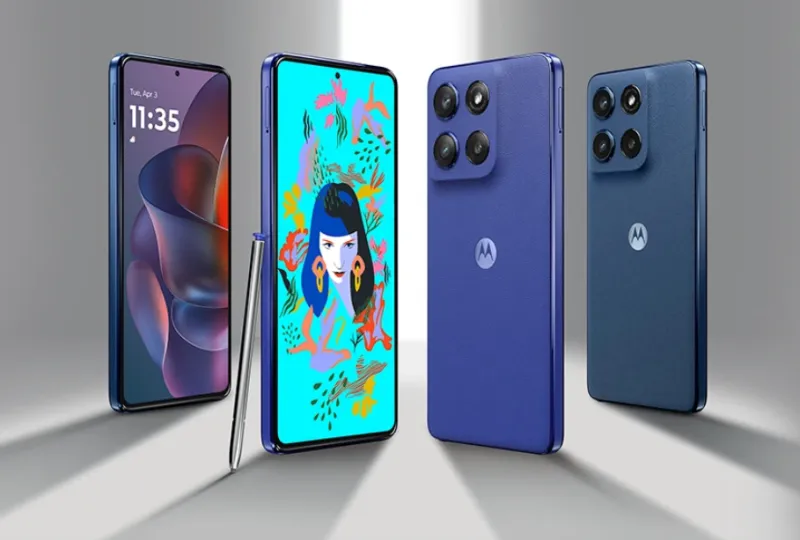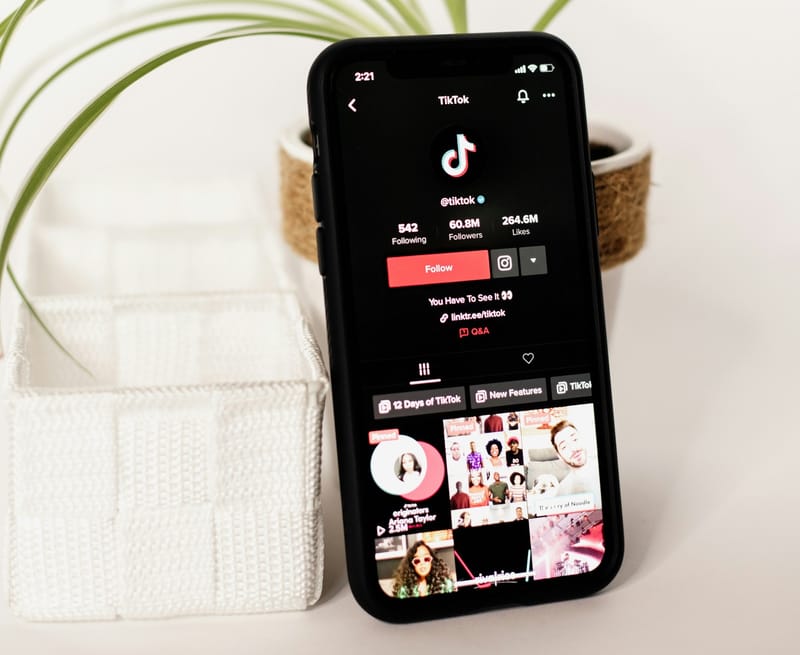ChromeOS Introduces Android Bluetooth stack, Fluoride
With ChromeOS 122, Google’s Project Floss replaces the BlueZ Bluetooth stack with Fluoride, enhancing performance and simplifying architecture.
After kicking off Project Floss in early 2021, Google has finally delivered on its promise.
In ChromeOS 122, Google has taken a major step forward by replacing the BlueZ Bluetooth stack with Fluoride, the Android Bluetooth stack, in a switch that promises a smoother Bluetooth experience.
BlueZ had its share of issues. It had different code bases and APIs for phones and PCs, which was a bit of a nightmare. This meant rolling out new features took forever, and maintaining BlueZ was a tedious process because a lot of its code was tangled up in the Linux kernel. All this complexity was slowing things down and costing more in terms of engineering time.
Fluoride, in contrast, offers a unified approach with a simpler architecture that enhances security and performance. It also has a huge user base from Android, which means better testing and compatibility with all those Bluetooth devices we use daily.
The transition to Fluoride has already shown some great results. In tests, ChromeOS with Fluoride had faster pairing times, more successful connections, and way more reliable reconnections. Basically, Bluetooth on ChromeOS just got a lot smoother and faster. And because Fluoride aligns better with Android, new features can roll out quicker, and there’s less of a hassle with updates.
But it’s not just about making ChromeOS better. Google has bigger plans for Project Floss. They want to take this Fluoride stack and turn it into a standalone open-source project. This way, it could help not just ChromeOS but also the broader Linux community.
So, whether you’re a ChromeOS user or a Linux enthusiast, Fluoride through Project Floss is something to look forward to.







